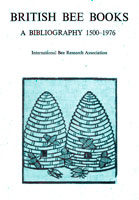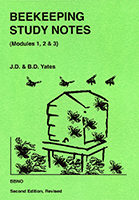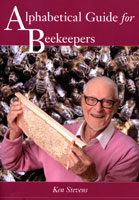
click image to zoom
A weighty tome by a former County Beekeeping Instructor of Devon and later Sussex which could be seen as an A - Z of all beekeeping knowledge
.
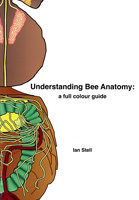
click image to zoom
Understanding Bee Anatomy aims to do two things, to explain the structure of this fascinating insect and, through stunning images, to reveal the intricate detail. Dr Stell has applied his knowledge of the human body in describing the honeybee, system by system. The book starts with a chapter on the developmental stages, showing the internal changes taking place from the…
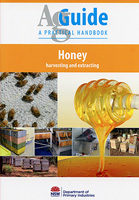
click image to zoom
Doug Somerville
Bill Winner
We have taken in stock this Australian title which deals in depth with commercial and semi-commercial harvesting & extraction. It informs of best practices leading to optimum quality, together with the threats to quality occurring through poor handling skills or facility design shortcomings.
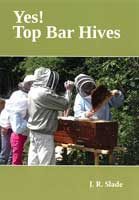
click image to zoom
The author suggests that Top Bar hives offer a gentler way of practicing the craft. "We have a duty to our bees and as beekeepers we must be in the forefront of change for nature, not mere puppets in some commercial enterprise". This volume gives advice on managing colonies in top bar hives and provides notes and illustrations for the…

click image to zoom
This book is about the inner workings of one of nature's most complex animal societies: the honey bee colony. It describes and illustrates the results of more than fifteen years of elegant experimental studies conducted by the author. In his investigations, Thomas Seeley suggests the answer to the question of how a colony of bees is organised to gather its…
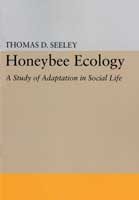
click image to zoom
Originally published in 1985 this book presents honeybees as a model system for investigating advanced social life among insects from an evolutionary perspective.
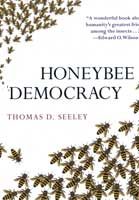
click image to zoom
"Honeybee Democracy is a wonderful book, beautifully written and illustrated, about humanity's greatest friend among the insects. The honeybee is important not only for its role in agriculture but for what it has taught us concerning the fundamental nature of complex social organisation. Seeley, its leading authority, here presents it to a broad readership, with scientific exactitude written in lyrical…
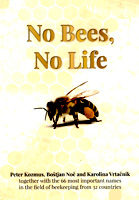
click image to zoom
A collection of articles on this area of knowledge by a wide range of international experts.
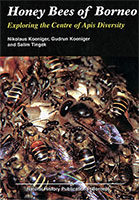
click image to zoom
Gudrun Koeniger
Nikolaus Koeniger
Salim Tingek
Nikolaus Koeniger and his wife have spent years exploring this centre of Apis Diversity
.
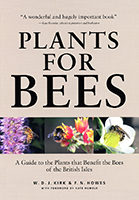
click image to zoom
A modern update by Kirk on the classic title by Howes. This is essential reading for gardeners and beekeepers. Very well illustrated, showing plants good for nectar and pollen and their attraction to social and solitary bees.
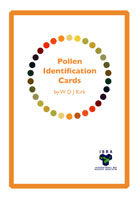
click image to zoom
These cards show the colours of pollen loads collected by honey bees. Each month depicts the colours for the plants that are most frequently visited by honey bees. On the reverse of each card is information about the typical flowering duration of each species. Some plants have also been identified as major sources of nectar.
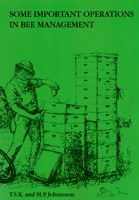
click image to zoom
T. S. K. Johansson
M. P. Johansson
This book starts where many books on beekeeping leave off. Each chapter is devoted to a subject of great importance to the beekeeper in getting the best return from his bees. It shows what beekeeping practice and scientific research have found out, all over the world, and gives meticulous directions to the beekeeper based on these findings.
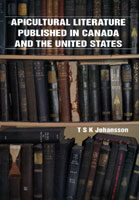
click image to zoom
Lists published Apicultural literature (up to 1972) from the USA & Canada.
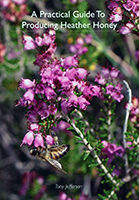
click image to zoom
The three generations of the Jefferson family, widely known for their famous production of Heather Honey, base their beekeeping on an annual cycle of activities leading up to the anticipation of two weeks decent August weather. Tony fully describes their methods and this small volume is an investment for those who wish to produce this premium quality honey.
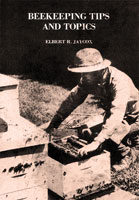
click image to zoom
This is a collection of articles written by Elbert Jaycox for the newsletter Bees & Honey during 1975 - 1981 when he was the beekeeping specialist at the University of Illinois. As you would expect from such an expert it is packed with pearls of wisdom - based on his lifetime experiences or gathered from a wide reading of the…
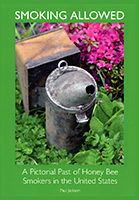
click image to zoom
This is a visual record of the collection of beekeeping smokers gathered by Paul Jackson, an American Extension specialist. It shows the development of smokers from the earliest days to the present.
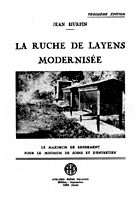
click image to zoom
Beekeeping with the Layens hive. A reprint of the 1946 publication in the original language.
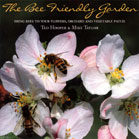
click image to zoom
This volume has colour photography alongside practical information on over 300 plants - and is the only A - Z of plants that list those specifically attractive to bees. The beekeeping facts and figures are supplied by Ted Hooper NDB while the plant information is given by Mike Taylor a consultant to the Royal Horticultural Society.
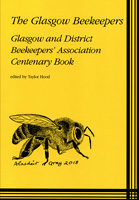
click image to zoom
The centenary publication covering all aspects of the craft.
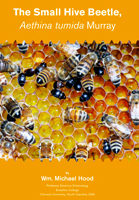
click image to zoom
The importance of the role played by honey bee pests in the world is becoming more recognised each year, not only because of attention given to the pest species, such as the varroa mite and small hive beetle, but also because of the increasing realisation that honey bees are extremely valuable to nature and humanity. The most up to date…
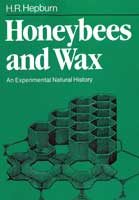
click image to zoom
"Instead of dirt and poison we have rather chosen to fill our hives with honey and wax; thus furnishing mankind with the two noblest of things, which are sweetness and light." Mindful of Swift's dictum, this compilation is offered as an exhaustive coverage of the literature (ancient to modern) on the synthesis and secretion of beeswax, its elaboration into combs,…
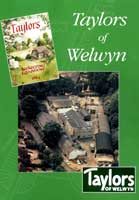
click image to zoom
Thomas Bates Blow was from a working class background and leading a life with little direction until he was befriended by a member of a leading British family: with his patronage and much hard work, Thomas laid the foundation of what was to become the largest business in Europe supplying the requirements of beekeepers. This volume charts the history of…
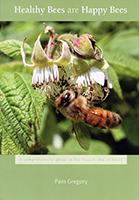
click image to zoom
Healthy Bees are Happy Bees is a comprehensive guide to bee health and sickness. The book details beekeeping problems, pests, parasites and diseases in depth and offers practical guidance rooted in beekeeping experience about preventing, controlling or curing threats to bee colonies to encourage more sustainable beekeeping practice. Environmental considerations, the effects of food, genetics, health and hygiene and the…
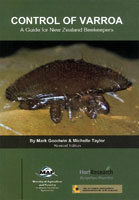
click image to zoom
Mark Goodwin
Michelle Taylor
This revised edition is based on the original 2001 version of the manual and draws upon the authors seven years experience of managing varroa in New Zealand. Mark led the research team on varroa and Michelle is currently running a programme to select varroa tolerant bees. Biography: Dr Mark Goodwin is a research scientist with The Horticulture and Food Research…
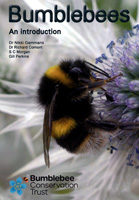
click image to zoom
Nikki Gammans
Richard Comment
S. C. Morgan
Gill Perkins
This Bumblebee Conservation Trust book introduces this charismatic species to a wider audience. Written by Trust staff, it covers bumblebee biology, their decline and conservation and what you can do to help them in your garden and beyond. It also has an essential identification guide to all UK bumblebee species, packed with over 250 colour photographs.
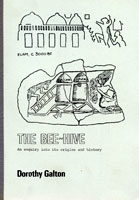
click image to zoom
Much has been written about the myths connected with bees and beekeeping. This book looks at the reality behind the myths and throws light on a way of life in honey-gathering, honey drinking, and wax making practised since the Stone Age.
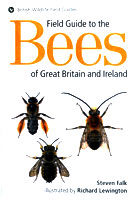
click image to zoom
This extensively illustrated volume is a guide to the 270 species of bees in Britain. It will certainly establish itself as the key volume in this area of interest. The volume will allow readers to identify all of the bees in Britain, Ireland and the Channel Islands. It provides the latest information on ecology, status and distribution and furnishes colour…
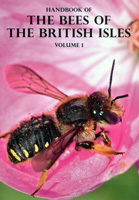
click image to zoom
George R. Else
Mike Edwards
Decades in the making, this comprehensive full colour handbook is a once-in-a-generation identification guide to British bee fauna.
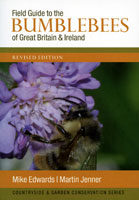
click image to zoom
Mike Edwards
Martin Jenner
A simple-to-use identification guide for garden bumblebees with notes to this and some of the similar species. More accurate colour identification icons on the species spreads. Updated distribution maps with the very latest data. Species Icons Quick Guide (featured at the back of the book and the latest addition).
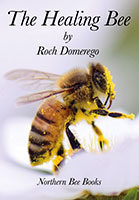
click image to zoom
It has always been a well-known fact that products from the beehive are good for human health. However, recent scientific research has proved that various substances produced by honeybees, as well as innumerable possible combinations with plant material, possess real medical properties. Ten years after its first publication, this book has become a work of reference in its field. Translated…
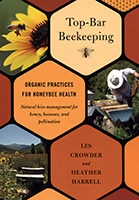
click image to zoom
Les Crowder
Heather Harrell
'This is an excellent guide for hobby beekeepers who wish to keep bees using top-bar hives. Drawing on his more than thirty years of beekeeping experience in New Mexico, author Les Crowder describes in detail the special comb-management techniques that this low-cost, but relatively intense, form of beekeeping requires. Top- Bar Beekeeping also provides an eloquent appeal for beekeepers to…
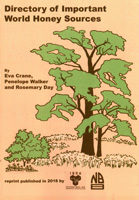
click image to zoom
Eva Crane
Penelope Walker
Rosemary Day
This book contains a vast quantity of precious data about plants and bees and it is marvellous to see it in print again and available to new generations. Best of all would be if people selecting trees become aware of this useful information and consult it to inform their choice: nowadays we need whenever possible to choose species and cultivars…
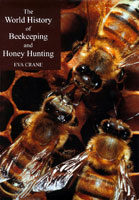
click image to zoom
First published in 1999, this 2011 reprint edition brings this title to many beekeepers who were unable to obtain the earlier edition. The World History is the first book to explore in detail man's use of bees from prehistoric times to the present day. It is a seminal work and will remain so as long as books are read. Eva…
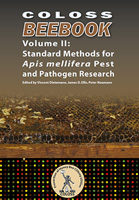
click image to zoom
Vincent Dietemann, James D. Ellis, & Peter Neumann (ed)
The COLOSS BEEBOOK (Prevention of Honey Bee Colony LOSSes) is a unique venture that aims to standardise methods for studying the honey bee. It is a practical manual intended for scientists and beekeepers compiling standard methods in all fields of research on the honey bee, Apis mellifera, and is the definitive research manual, composed of 32 peer-reviewed chapters authored by…
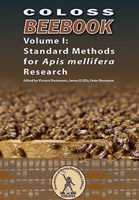
click image to zoom
Vincent Dietemann, James D. Ellis, & Peter Neumann (ed)
The COLOSS BEEBOOK (Prevention of Honey Bee Colony LOSSes) is a unique venture that aims to standardise methods for studying the honey bee. It is a practical manual intended for scientists and beekeepers, compiling standard methods in all fields of research on the honey bee, Apis mellifera, and is the definitive research manual, composed of 32 peer-reviewed chapters authored by…
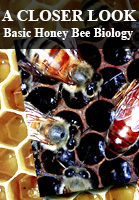
click image to zoom
Professor Clarence Collison has performed the meticulous scholarship so desperately needed by beekeepers and scientists alike. He has reviewed the vast body of research: the biology, physiology, biochemistry and behaviour of Apis mellifera and presented it in an concise and objective manner. This book will be required reading of all serious bee scientists, and on the desk of every beekeeper…
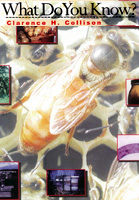
click image to zoom
This collection of Questions & Answers was chosen from the best of nearly two decades of testing the readers of Bee Culture. They cover every aspect of honey bee biology, colony management, pollination, and the products of the hive. There are over 400 pages and just over 2,550 questions, and answers, in this book. Now's your chance to test your…
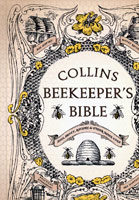
click image to zoom
This ultimate guide covers all the practical essentials and will teach you everything about caring for bees and safe hive management, with clear instructions and step-by-step illustrations. It also contains a wealth of information about the culinary, medicinal, cosmetic and domestic uses of honey, beeswax and pollen. So much more than just a practical handbook, this beautiful almanac is also…
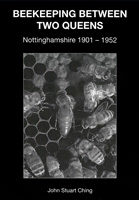
click image to zoom
Following on from the work "Beekeeping in Victorian Nottinghamshire" which covered the reign of Queen Victoria from her accession in 1837 until her death in 1901, this work covers the half-century from then to the death in 1952 of King George VI. (During the period of this work Britain was ruled by ruled by three kings plus one who relinquished…
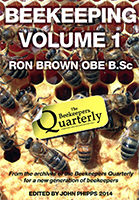
click image to zoom
This the first of a series of booklets which gather together the contributions by leading beekeepers to The Beekeepers Quarterly. Ron Brown OBE, B.Sc was a most practical beekeeper with experience in both in Africa and the UK. These articles cover all aspects of the craft and serve as a fine memorial to a great beekeeper as well as passing…
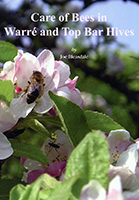
click image to zoom
This volume is a guide for new beekeepers and for all beekeepers who have acquired the increasingly popular Warré and Top Bar Hives and anyone who wishes to stop the use of chemicals in their beekeeping. It gives practical guidance, with clear instructions, line drawings, and photographs. Joe is a retired systems engineer and has kept bees for over 30…
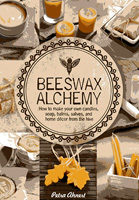
click image to zoom
Create Natural beeswax products - candles, soap, balms, salves and home decor for health and home. "This is the book I've been waiting thirty years for. Excellent instructions. Bountiful information. Beautifully done". (Kim Flottum, Editor Bee Culture Magazine).
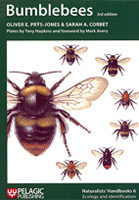
click image to zoom
Oliver E. Prŷs-Jones
Sarah. A. Corbet
An indispensable guide to identification, ecology and study of bumblebees. This latest edition embraces the wealth of information published on bumblebee life history, ecology, foraging, parasites and conservation in recent years. It includes a new chapter on the very real threats to bumblebees; their crucial role as pollinators of our native flora and crops; ways to promote their survival; advantages…
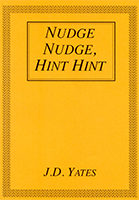
click image to zoom
John Yates wrote a series of monthly articles for the Plymouth Branch of the Devon Beekeepers' Association during the period August 1989 - October 1992. These were published as a most successful book later in 1992. The volume is full of wise advice and beekeeping insight which while written for the micro-climate around Plymouth can be applied anywhere in Great…
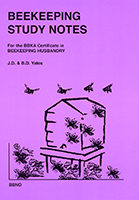
click image to zoom
John D. Yates
B. D. Yates
This text is essential for candidates. Every section of the syllabus of this examination is covered with notes to cover the most likely points that an examiner may reasonably be expected to raise while conducting the examination.
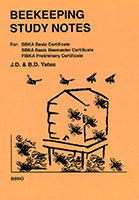
click image to zoom
John D. Yates
B. D. Yates
These notes are of use for beekeepers contemplating entering the BBKA Basic Certificate, SBKA Basic Beemasters Certificate and the FIBKA Preliminary Certificate. Each part of the syllabus for the exams are addressed and the notes, should cover everything that the Examiner is likely to ask the Candidate
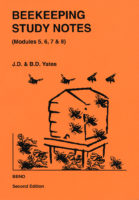
click image to zoom
John D. Yates
B. D. Yates
These notes cover Modules 5 - 8 of the BBKA Examinations. John & Dawn Yates have provided within one cover, all the details required in the syllabus of each module for examination purposes, in order to minimise the cost of purchasing the many books required to seek out the necessary information. Hopefully everything that is likely to appear in an…



















































